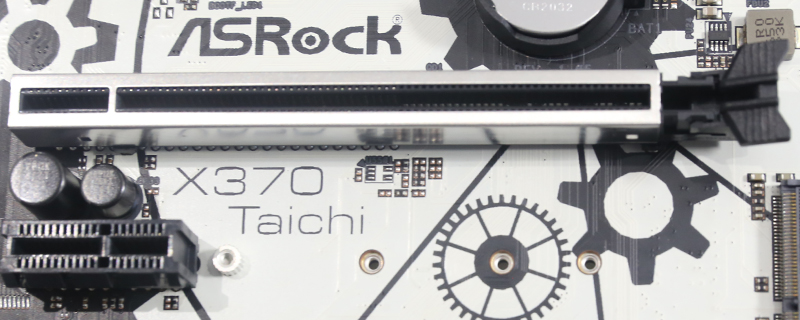ASRock X370 Taichi AM4 Motherboard Review
Conclusion
We might be showing our age a little here, but the X370 Taichi reminds us of the motherboards that we started our overclocking adventures on. DFI Lanparty’s, P38s that type of thing. The motherboard market has rapidly evolved from the days when overclocking was a black art known only to a few and getting the best stable overclock from your hardware combination required a massive amount of time. Even then once you’d obtained something you felt was a suitable result for the week or so that you’d spent on it you still required endless fettling and minor tweaks to keep it running optimally. You almost needed to adjust the overclock each time depending upon the task you were about to undertake.
Around the time of the release of the P67 that style of overclocking gradually faded into the background until, in the past few years, overclocking is takes less time than installing your OS on a SSD. You can pick up almost anything, plug in a baseline set of voltages and multipliers and know that you will only require the bare minimum of tinkering to get it as stable and as fast as it can possibly go. The Taichi inverts that idea and is very much an old-fashioned overclocking style wrapped up in a modern motherboard.
Features are plentiful, particularly when it comes to the storage side of things. We’d like to see a few more USB ports, but with 10 SATA 6Gb/s ports, two M.2 ports and a couple of USB 3.1s then we know you can’t have everything. The aesthetics are a particular highlight. The monochrome stylings are very much in vogue and the sweeping cog design really looks the business. It’s accented by the steel brackets around the PCI Express slots and all black plastics on the right hand side of the board. Further, ASRock have implemented the RGB LED Strip control that has found its way to every motherboard we can think of.
Performance is variable. Sometimes it blew other results we’ve seen out of the water, and at other times it was left languishing at the bottom of the sea. This is, as we said above, largely down to the huge amount of tinkering and upkeep necessary to keep the the Taichi running at peak performance in every test. It would be unfair of us to go against our testing methodology for one motherboard, particularly as our relentless adherence to ensuring everything gets a fair crack of the whip is responsible for our reliability when it comes to comparing different hardware. Most other sites use a variety of hardware for every review so you never quite know how one contrasts to another, whereas we do the opposite and keep everything the same except the hardware being tested. This, obviously, means that products like the Taichi which would perform better with a more personalised approach can not look as good as they might. We did get enough glimpses of the huge performance it is capable of though, and know that the combination of BIOS updates and time you can dedicate to your own system that we can’t will ensure you’ll be pleased all the time.
The ASRock X370 Taichi wont make your life easy. It isn’t for those of you who like to install, maybe spend half an hour on an overclock and then never look at the BIOS again. It’s for the enthusiast, those who love to spend time getting everything just so, and have time to dedicate in the future on maintaining that smooth running. But the performance is clearly there if you are willing to invest the time, and for that reason it wins our OC3D Enthusiast Award.
Discuss your thoughts about the ASRock X370 Taichi AM4 Motherboard Review on the OC3D Forums.




